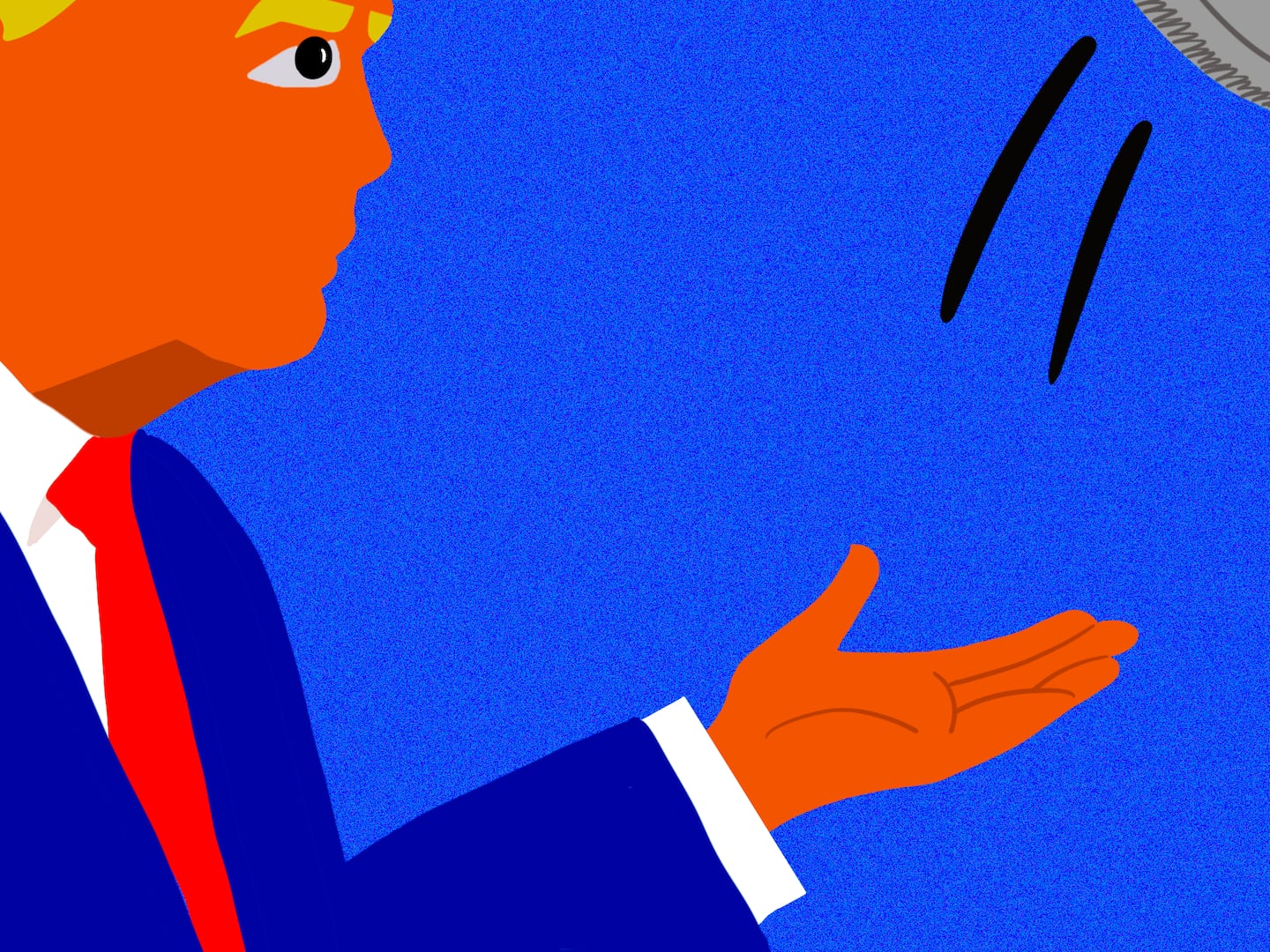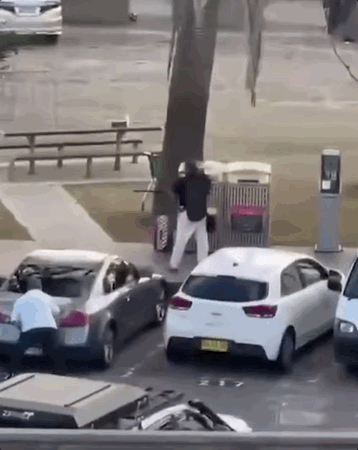Contrary to popular belief, the diet of an artist is not actually all pain and suffering—although it may seem that way as creative people continue to flock to art capitals like London, Paris, and New York where even government officials can’t live comfortably on six-figure salaries. Let’s face it: the rent is too damn high.
While New York City Mayor Bill de Blasio has been criticized on the matter of urban necessities, he might have gotten one thing right: housing subsidies for artists.
In addition to other affordable public housing, he plans to allot 1,500 cheap work-and-live spaces to creative types over the next ten years.
“Nothing more clearly expresses the inequality gap—the opportunity gap—than the soaring cost of housing,” de Blasio said during his second State of the City Address. “If we fail to be a city for everyone, we risk losing what makes New York New York. We risk losing the very soul of this place.”
He’s right—not only in perpetuating the melting pot mentality that makes New York City one of the most diverse cities in the world, but also in saving an expressive culture that is rapidly disappearing (RIP 5Pointz) from the streets of New York.
And Gotham isn’t the first to lend a helping hand to the artistic community. Some places actually thrive on their creativity.
For instance, in 2000, the town of Paducah, Kentucky (pop. 25,018) began advertising their Artist Relocation Program in national art magazines. The neighborhood of LowerTown was falling into disrepair. Government seized homes were decaying, looted, and ridden with drug users. The area had become an eyesore to the entire community and the city needed a cheap way to fix it up.
So they offered artists the chance to own a piece of land for a single buck. Or, if there was a vacant house worth fixing, the same price applied.
“Within a year there were about eight people that signed up and the next year it was 16 and it just, it grew geometrically,” Bill Renzulli, who took advantage of the incentive in 2001, told NPR.
Artists began flying in from as far away as Moscow, Russia. As of December 2014, only two homes were left vacant and a once dilapidated city had begun to reflourish. It’s become a national model for using arts to employ economic development.
“The Artist Relocation Program has had a significant impact on the economic stability and viable livability of our LowerTown Arts District Neighborhood,” Melinda Winchester, Paducah’s Main Street Director and Downtown Development Specialist told The Daily Beast. The program has helped launch Paducah “into an international playing field.” Tourists now pour in from all over.
Other countries, like Canada, Sweden, and Norway directly fund artists—particularly musicians—with cold, hard cash. Millions of government funding is awarded for recording music, shooting videos, promotion and touring.
Canada has been subsidizing the indie rock scene for years, financing up to 75% of the costs of bands. It’s a way for Canada to maintain a high rank on a cultural map predominantly dominated by the United States and the UK.
It’s “happening through identifying ourselves through the success of other Canadians,” Heather Ostertag, the former CEO of FACTOR, a not-for-profit Canadian agency that doles out public money to musicians, told the New York Times.
“[We are] dedicated to providing assistance toward the growth and development of the Canadian music industry,” a statement from FACTOR said. “FACTOR supports many facets of the infrastructure which must be in place in order for artists and music entrepreneurs to progress into the international arena.”
The Weeknd, Tegan and Sara, Tokyo Police Club, and Metric have all received funding from FACTOR.
Norway tends to be the most active, budgeting $21.4 million for the music industry in 2010. “A lot of this money is well spent in smaller European countries, where you have to have some help at times to try to be exported to the rest of Europe,” Jonas Prangerød, a spokesman for the Øya Music Festival in Oslo, told Pitchfork.
Sweden’s similar programs have produced major music players like The Knife, Jose Gonzalez, Jens Lekman, The Radio Dept., and Peter, Bjorn and John.
Ireland has taken a different approach. Since 1969, they have allowed artists’ earnings to become tax exempt.
“The artists’ exemption scheme sends a clear signal,” Orlaith McBride, the Director of the Arts Council in Ireland, told the Irish Mirror. “Ireland is a very special place for creativity and we want not only to encourage our own artists but also to attract creative people to come here.”
When it comes to larger cities where the cost of living is significantly higher and harder to navigate, project funding can do little to help when you can’t even survive the location—especially when that location is where you need to be to propel your career. In realizing this, more and more cultural hubs are subsidizing housing.
Since 1995, London-based Bow Arts began offering affordable live/work spaces for low-income artists. They began receiving annual funding from Arts Council England three years later. Today, over 400 artists thrive within its community.
Even Berlin, which has always been an affordable haven for artists, is having to adjust to the rise in living costs. There is a movement now to find more ways to offer living quarters to low-income artists through government funding.
In harder times, the arts can be one area to suffer—seen, as they are inevitably, as a luxury. But many governments and local authorities recognize that culturally vibrant towns and cities can be financially vital too. If all goes as planned in New York City under Mayor de Blasio’s plans, artists will be a little less hungry and a little more prolific.





